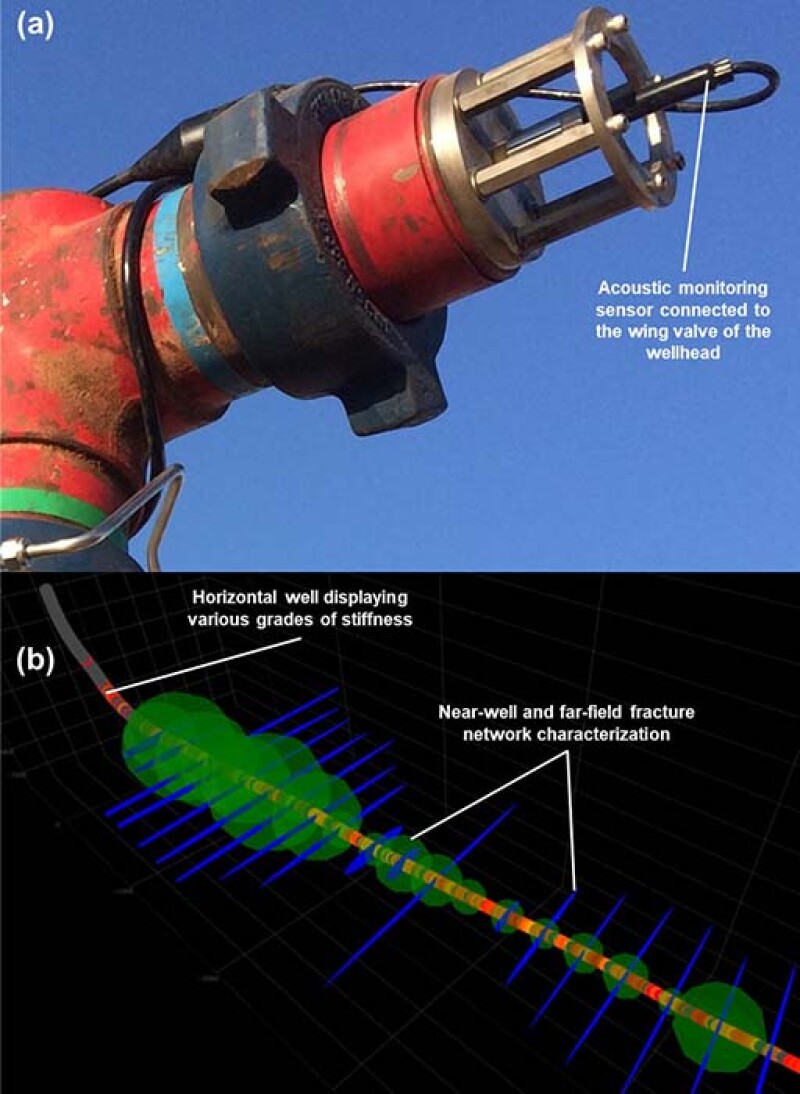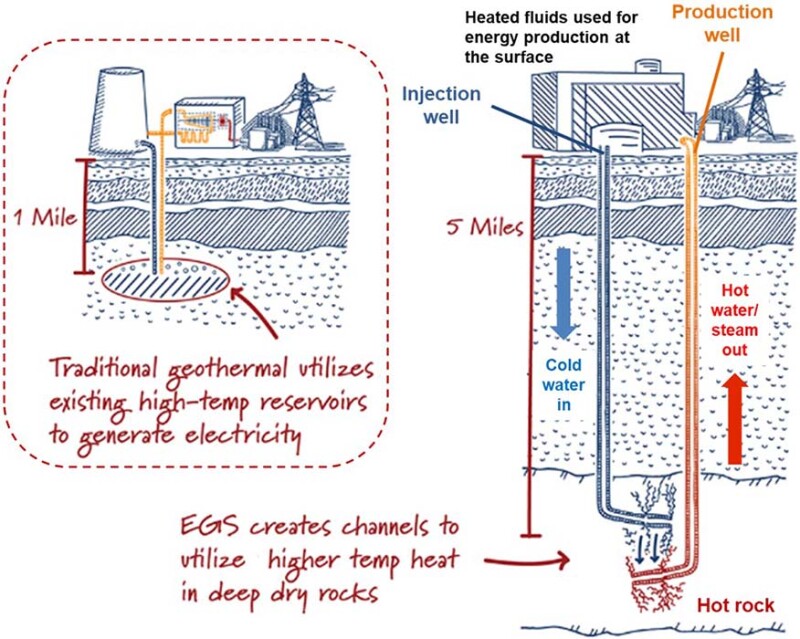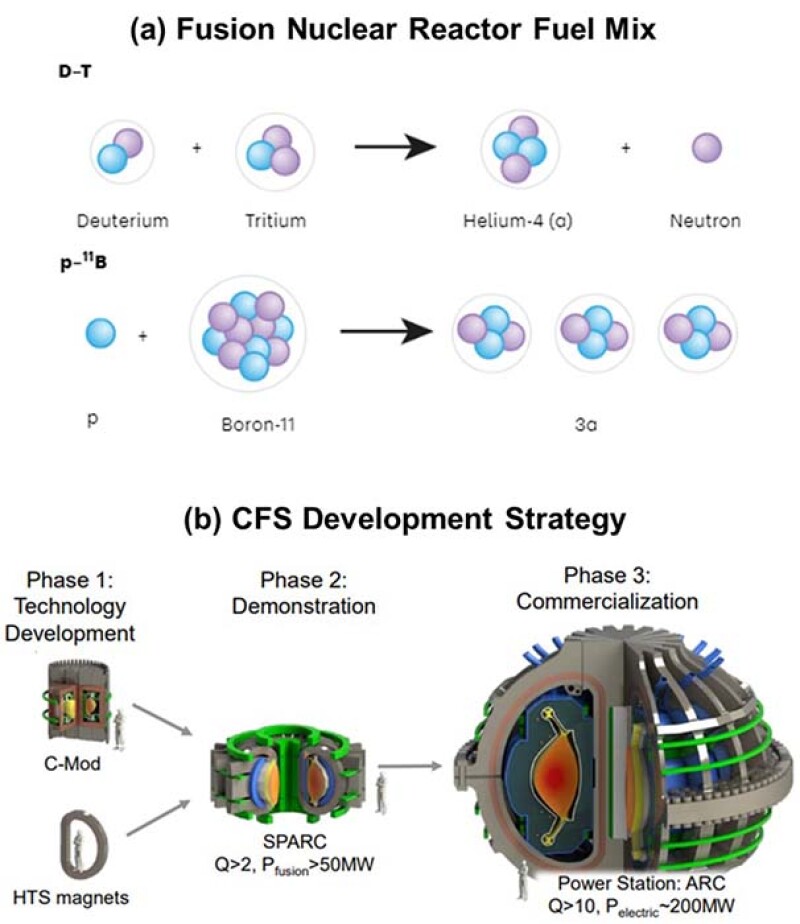In the era of digitization and working from home, establishing a startup is not difficult—making it successful is what bears distinction. Given that energy is the essence of life (defining modern civilization), the industry provides plenty of entrepreneurial opportunities, especially for “hungry” young professionals. This article looks into four energy startups from oil and gas, geothermal, nuclear, and mining, and identifies common trends, notable features, and the main challenge within each field.
Disclaimer: This article should not be construed as offering financial advice or investment guidance. Reference to specific companies, opinions, and forward-looking statements are provided by the author in good faith for general information purposes only.
Today’s Energy Startup Ecosystem
Energy is not a static enterprise; it’s in a long period of transition in which fossil fuels (coal, oil, and natural gas) will keep dominating the global energy mix, as their commercial supply is in no danger of peaking any time soon (Michael, 2021a). Nevertheless, policies in the developed world, based on environmental concerns, have created room for growth of nontraditional energy sources, such as geothermal, nuclear, and mining, through increased calls for nonfossil energy forms.
The startup ecosystem is composed of individuals and entities that can influence various stages of a startup’s early life. This involves mentors, funding organizations (venture capital [VC] groups, incubators, accelerators, etc.), universities (or research organizations), support providers (such as co-working spaces), and others, all interacting as a big, interconnected system, which helps the creation and growth of startup businesses. The startup ecosystem differs by location, and several functions can be accomplished virtually.
Fig. 1 generalizes the early steps of an energy startup in three steps: the idea conception, its development, and the commercialization of the final product. Successful completion of this sequence helps give a startup’s founder(s) new ideas perhaps on collateral domains, keeping them inside a virtuous growth cycle. Houston, Texas, dubbed the “energy capital of the world,” provides a second-to-none location for establishing a startup, as it encompasses all essential components of an energy startup ecosystem.

In the following discussion of four energy startup companies from the oil and gas, geothermal, mining, and nuclear sectors, any mention of names does not constitute an endorsement, nor does it imply success in their respective field. They are only used to facilitate a discussion of features unique to each field, while identifying the main challenges.
Oil and Gas: Seismos, Inc.
Seismos, Inc. (meaning “earthquake” in Greek) provides completion diagnostic services for hydraulic-fracturing operations, specializing in noninvasive, direct measurements of key fracture properties enabling real-time evaluations. This allows operators to make decisions on the fly, without the need to pause their operations. The instrumentation consists of a proprietary acoustic-monitoring sensor connected to the wing valve of the wellhead (Fig. 2a).

Drilling a well disturbs the surrounding stress field inducing fracture complexity, which in turn can trigger completion- and production-related problems such as early screenouts and low post-stimulation well productivity. Real-time diagnostics can help issue warnings to operators for fracture stages at risk for potential screenouts (before sand jamming), giving insights to the resultant fracture and overall reservoir conductivities (Fig. 2b).
Main Challenge: Proving Your True Impact in Subsurface Operations
In the upstream petroleum industry, almost everything that matters takes place thousands of feet underground and is mostly invisible from the surface. This creates a unique challenge for a service provider in proving to the operator the quality of its labors and its true impact on the operations. While Seismos’ product aims at making inroads into this, it is unlikely that we will ever be able to “see” the subsurface (at large scales). The opaque nature of the Earth is an obstacle inherent to every oil and gas project (Michael, 2021b).
Geothermal: Fervo Energy
Fervo Energy is a 5-year-old Houston-based startup specializing in enhanced geothermal systems (EGS), where multistage hydraulic fracturing is applied for enhancing water flow in hot rock formations to generate a steam (or hot water) flux to the surface. Fervo bets on utilizing cutting-edge upstream petroleum technology in modern geothermal exploitations such as directional drilling, distributed fiber-optic sensors, and high-temperature flow controls (Wilson, 2020).
While traditional practices involve hydraulically fracturing vertical wells without the use of proppants due to the self-propping capabilities of igneous rocks in geothermal reservoirs, multistage hydraulic fracturing from horizontal wells is expected to generate large water-flow pathways between the injection and production wells (Fig. 3). Technologies that saw success in unconventional shale formations, such as the mechanical isolation between lateral fracture stages and “limited-entry” designs (Lagrone and Rasmussen, 1963) could facilitate more efficient flow distributions between the wells, generating numerous fractures through the hot rock. This enables sustained high flowrates and suppresses “thermal breakthrough,” which reduces the temperature of the fluid coming out of the production well and resulting in a premature end of the geothermal project’s life cycle (McClure, 2021).

Main Challenge: Even at Optimal Conditions, Geothermal Power is Inefficient
Realistically, even with fully developed EGS technology, geothermal power plants will be able to produce only a small fraction (typically less than one-tenth) of the energy that a standard coal-fired power plant is capable of producing.
Mining: Earth AI
Earth AI is a vertically integrated metals exploration company specializing in metal deposits used for renewable energy infrastructure. The global push towards transitioning away from fossil fuels has created market supply shortages for metal ore deposits necessary for meeting the material needs for a sustainable transition. This involves lithium (Li), cobalt (Co), and nickel (Ni), along with other rare earths and base metals critical for building the desired clean-energy infrastructure (generators, batteries, electronics, etc.).
Earth AI’s business model aims at faster and cheaper mineral exploitation through its proprietary AI mineral-targeting system, which seeks mineral prospects using specialized in-house-developed hardware. This can allegedly deliver faster site movements and logistics with no groundwork requirements, while accurately determining key drilling parameters and utilizing minimally invasive equipment and processes.
Main Challenge: Dependence on Fragile, Weakly Held-Together Markets
Mining to satisfy the needs of the world’s population at the standards enjoyed mostly by developed countries (the “Western world”) leaves lesser-developed countries to deal with environmental costs associated with mining extraction and processing (Fig. 4). Relations between the mining industry and governments of mineral-rich countries can be complicated; mining companies often feud with governments over access to reserves and use of resources (Beck, 2019). Additionally, the introduction of tariffs and other barriers to trade across international borders (such as economic sanctions) can further destabilize the global mining markets.

The world’s largest material giants are located in Asia. For instance, lithium refining and battery manufacturing is currently dominated by China, while lithium mining is dominated by Argentina, Australia, and Chile (Fig. 5). Legislation favoring electric vehicles (EVs) in the Western world (led by the US) pushes lithium prices up, driving the demand for its mining.

Nuclear: Commonwealth Fusion Systems
Energy produced from nuclear fusion of small particles (the process that powers the sun) has been an elusive yet captivating vision since the development of the first fusion device called “TOMAKAK” (Russian acronym for “toroidal chamber with magnetic coils”) by Soviet scientists in the 1950s. Fusion (Fig. 6a) can produce more energy with far less waste than the fission of bigger particles, which is the process used in traditional nuclear power plants.
However, the energy input requirements for fusion are tremendously high, necessitating temperatures of hundreds million Celsius. Even confident experts do not see contributions from nuclear fusion to the power grid for several decades (Ball, 2021).
Commonwealth Fusion Systems (CFS) was spun out of MIT's Plasma Science and Fusion Center in 2018 to leverage years of academic research integrated with innovation and speed— common private sector features. CFS has assembled a team of experts to design and build fusion nuclear power plants. Having raised about $4 billion since its founding (for reference, this falls between the current market caps of Denbury and SM Energy), CFS envisions a three-phased path to commercial fusion energy through technology development, demonstration, and commercialization (Fig. 6b).

Main Challenge: Safety
Nuclear power plant accidents such as that of Pennsylvania’s Three Mile Island in 1979 or the Soviet Union’s Chernobyl in 1986 and their long-lasting consequences prove the vulnerability inherent to this mode of energy. The question is not so much whether nuclear technology is able to produce a scheme for efficient power generation. The hazards of radioactivity, often concealed, require extensive experimental investigation before being put into practice. A trial-and-error approach, common in other industries, can be fatal in a nuclear plant.
Key Takeaways and Notable Points
- Technology should be driving entrepreneurship and not vice versa.
- The developed technology should either solve a existing problem or fill a gap.
- Ideally, a concept should be commercially competitive under free market conditions.
- Success of an academic project does not automatically imply industrial-level success.
- Reliance on a VC group is unsustainable and can impact a startup’s ownership and control.
- Money talks: Revenue milestones are more important than funding milestones.
Related multimedia
Success Stories of Young Energy Entrepreneurs
References
Ball, P. (2021). The Chase for Fusion Energy. Nature News, Nature Publishing Group.
Beck, T. (2019). Global Metals and Mining Industry Attempts to Rebuild Itself. GlobalEDGE.
Carvalho, F. P. (2017). Mining Industry and Sustainable Development: Time for Change. Food and Energy Security, 6(2), 61–77.
Jacobs, T. (2019). C&J Energy, Seismos Combine Technologies to Evaluate Fractures as They are Made. Journal of Petroleum Technology.
Lagrone, K. W., and Rasmussen, J. W. (1963). A New Development in Completion Methods—The Limited Entry Technique. Journal of Petroleum Technology.
McClure, M. (2021). Guest Editorial: Why Multistage Stimulation Could Transform the Geothermal Industry. Journal of Petroleum Technology, 73(10), 9–10.
Michael, A. (2021). Managing Editor’s Column: A Petroleum Engineer’s Perspective on Energy Transition. The Way Ahead..
Michael, A. (2021). TWA Managing Editor’s Column: Five Classic R&D Challenges for Modern Petroleum Technology. The Way Ahead.
Wilson, A. (2020). Oil’s Wisdom Heats Up Drive for Geothermal Energy. Journal of Petroleum Technology, 72(09), 41–42.


